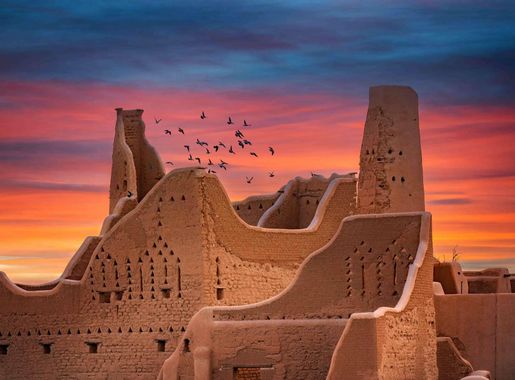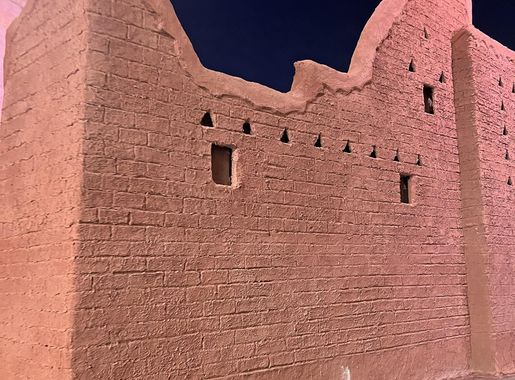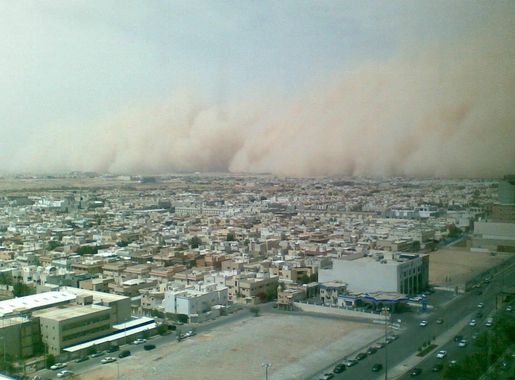
Al Diriyah: The Historic Heart of Riyadh
Explore Al Diriyah in Riyadh: A UNESCO World Heritage Site rich in history, culture, and architectural marvels, offering a unique blend of the past and present.
Al Diriyah is a historic treasure and one of Saudi Arabia's most significant cultural sites. As the original seat of the Saudi royal family and the country's first capital, this neighbourhood offers a deep dive into the nation's rich heritage. Nestled on the outskirts of Riyadh, Al Diriyah's mud-brick architecture and narrow alleyways transport visitors back in time, offering a glimpse into 18th-century Arabia. Al Diriyah is home to the UNESCO World Heritage Site of At-Turaif District, where you can explore well-preserved ruins, majestic palaces, and ancient mosques. The Salwa Palace, once the royal residence, stands as a testament to the area's historical importance. Wandering through its courtyards and rooms, you can almost hear the echoes of the past. Beyond its historical allure, Al Diriyah offers modern amenities and attractions that enhance the visitor experience. The Bujairi Terrace is a popular spot, featuring a variety of restaurants and cafes where you can enjoy traditional Saudi cuisine with a contemporary twist. The area's well-planned walking paths and scenic views make it a perfect destination for leisurely strolls and photo opportunities.
Local tips in Al Diriyah
- Visit early in the morning or late afternoon to avoid the midday heat.
- Wear comfortable walking shoes as the terrain can be uneven.
- Don't miss the evening light shows at At-Turaif, which beautifully illuminate the historical buildings.
- Try the local Saudi dishes at Bujairi Terrace for an authentic culinary experience.
- Hire a local guide to provide in-depth historical context and enhance your visit.
Al Diriyah: The Historic Heart of Riyadh
Al Diriyah is a historic treasure and one of Saudi Arabia's most significant cultural sites. As the original seat of the Saudi royal family and the country's first capital, this neighbourhood offers a deep dive into the nation's rich heritage. Nestled on the outskirts of Riyadh, Al Diriyah's mud-brick architecture and narrow alleyways transport visitors back in time, offering a glimpse into 18th-century Arabia. Al Diriyah is home to the UNESCO World Heritage Site of At-Turaif District, where you can explore well-preserved ruins, majestic palaces, and ancient mosques. The Salwa Palace, once the royal residence, stands as a testament to the area's historical importance. Wandering through its courtyards and rooms, you can almost hear the echoes of the past. Beyond its historical allure, Al Diriyah offers modern amenities and attractions that enhance the visitor experience. The Bujairi Terrace is a popular spot, featuring a variety of restaurants and cafes where you can enjoy traditional Saudi cuisine with a contemporary twist. The area's well-planned walking paths and scenic views make it a perfect destination for leisurely strolls and photo opportunities.
Iconic landmarks you can’t miss
Diriyah Flagpole Square
Discover the stunning Diriyah Flagpole Square, a cultural landmark rich in history and breathtaking views in the heart of Saudi Arabia.
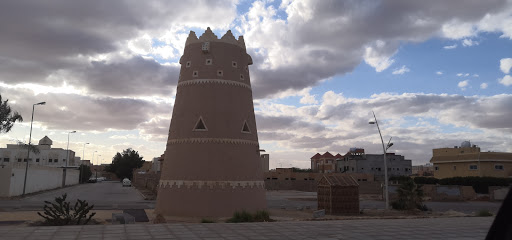
برج قريه قصير
Discover Qasr Al-Hukm in Diriyah, a historical landmark that beautifully showcases Saudi Arabia's rich heritage and architectural marvels.

Historic Diriyah Fort
Discover the rich heritage and stunning architecture of Historic Diriyah Fort, a UNESCO World Heritage site in Saudi Arabia.
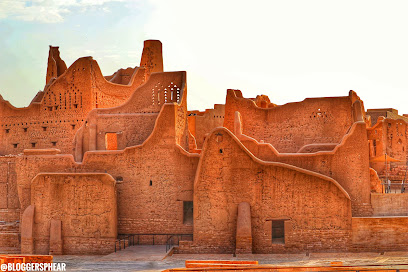
Diriyah Tunnel-4
Discover the rich history and stunning architecture of Diriyah Tunnel, a must-visit historical landmark in Saudi Arabia.
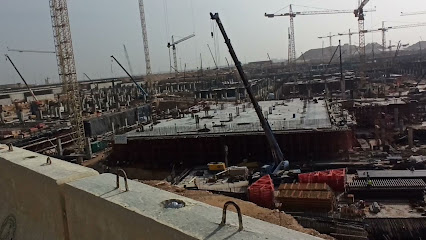
Salwa Palace
Explore the historical elegance of Salwa Palace in Diriyah, a must-visit landmark showcasing Saudi Arabia's rich cultural heritage.
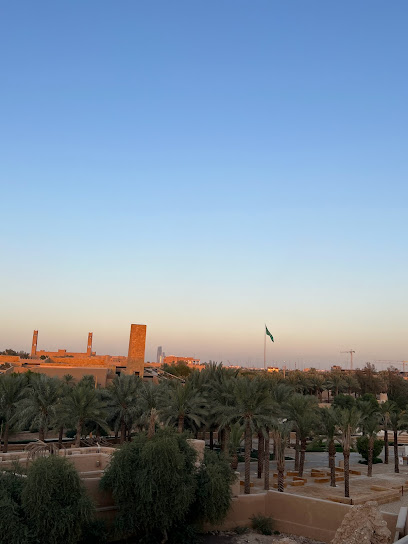
Old fort
Explore the Old Fort in Diriyah, a historical landmark that reveals the rich cultural heritage and architectural beauty of Saudi Arabia.
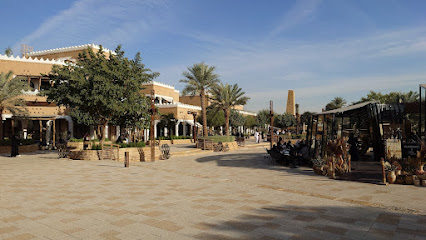
Diriyah Historic Wall
Discover the cultural richness of Diriyah Historic Wall, a UNESCO World Heritage site that showcases Saudi Arabia's vibrant history and stunning architecture.
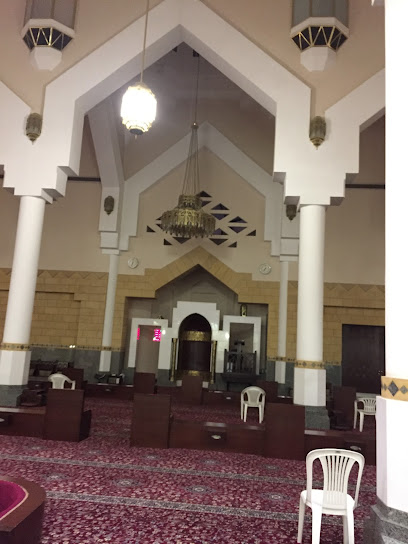
Al Diriyah Damm
Discover the historical beauty of Al Diriyah, Saudi Arabia's UNESCO World Heritage Site, where culture and heritage come alive.

Diriyah Warehouses Graffiti
Explore the vibrant street art of Diriyah Warehouses, where history meets creativity in a stunning showcase of cultural expression.

Ad dariya historical wall (UNESCO Site )
Explore the Ad Dariya Historical Wall, a UNESCO World Heritage Site in Diriyah, showcasing Saudi Arabia's rich history and stunning architecture.

Unmissable attractions to see
Al Bujairi Heritage Park
Discover the serene beauty and rich history of Al Bujairi Heritage Park, a national treasure in Riyadh, blending nature with culture.
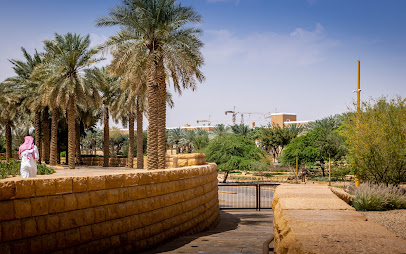
Jawzat Ad Diriyah Park
Experience the blend of nature and heritage at Jawzat Ad Diriyah Park, a serene escape in the heart of Riyadh, Saudi Arabia.
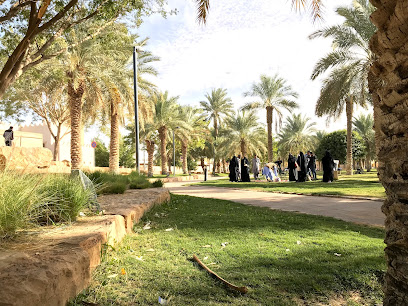
At-Turaif World Heritage Site
Explore the rich heritage and stunning architecture of At-Turaif World Heritage Site, a jewel of Saudi Arabia's history.
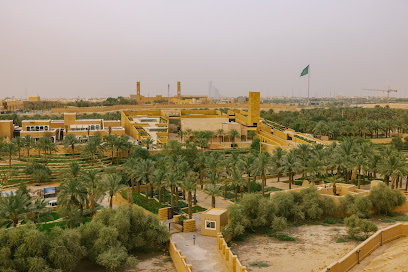
Long Flag
Discover Long Flag in Al Diriyah, a historical landmark that showcases the rich heritage and cultural significance of Saudi Arabia.
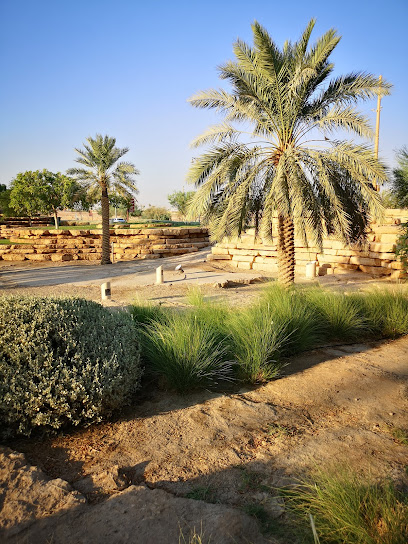
Jax District
Explore Jax District, a cultural gem in Riyadh, where history, art, and modernity blend seamlessly for an unforgettable travel experience.
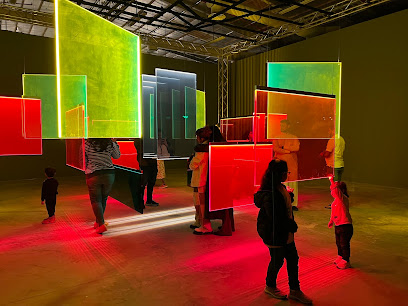
Diriyah Flagpole Square
Experience the cultural heart of Saudi Arabia at Diriyah Flagpole Square, where history meets vibrant local life in the beautiful city of Diriyah.
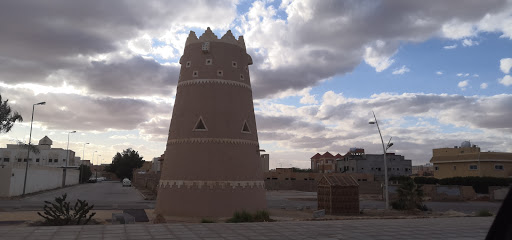
الدرعية
Explore the stunning landscapes and rich history of Al-Darayah, a must-see tourist attraction in Riyadh, Saudi Arabia.
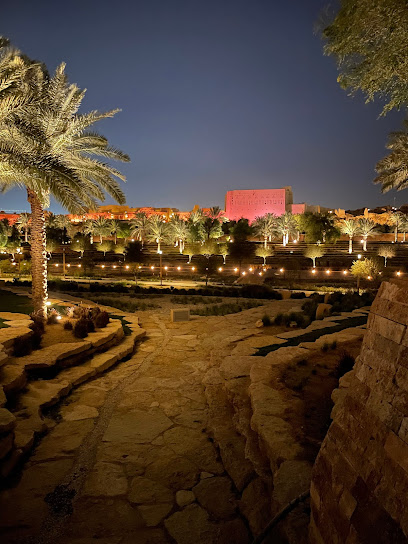
Bujairi Park
Experience the tranquil beauty and cultural heritage of Bujairi Park in Diriyah, a perfect retreat for nature lovers and history enthusiasts alike.
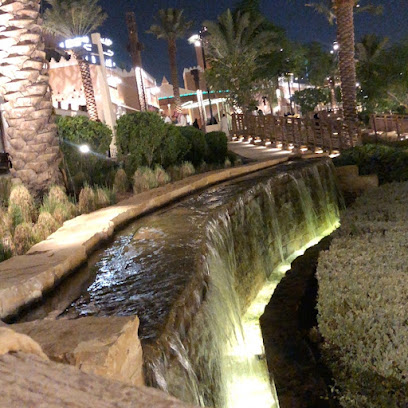
Bujairi Frame
Experience the rich cultural heritage of Saudi Arabia at Bujairi Frame in Diriyah, a picturesque attraction showcasing stunning architecture and local cuisine.

actor Khaled Al Salmani
Experience the rich cultural tapestry of Diriyah at Khaled Al Salmani, a premier art center and performing arts theater celebrating Saudi heritage.
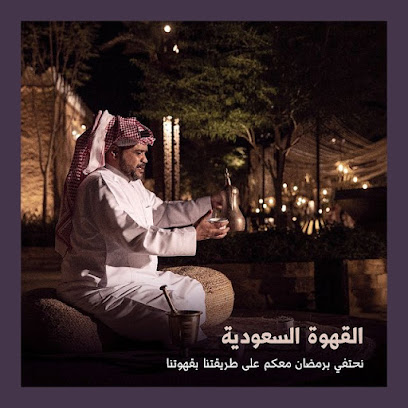
Essential places to dine
Dim Light Restaurant
Discover exquisite flavors at Dim Light Restaurant in Diriyah – where tradition meets modern culinary artistry.
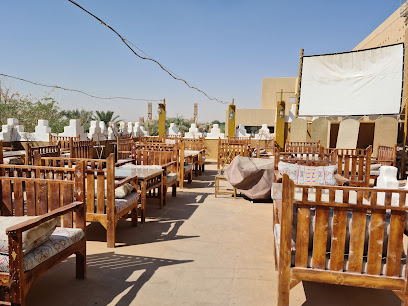
Somewhere Bujairi
Experience authentic Saudi cuisine at Somewhere Bujairi in Diriyah – where tradition meets modernity amidst breathtaking historical scenery.
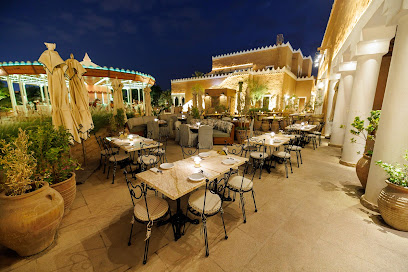
Acoustic Restaurant & Art Gallery
Experience exquisite dining at Acoustic Restaurant & Art Gallery in Riyadh – where culinary excellence meets artistic inspiration.
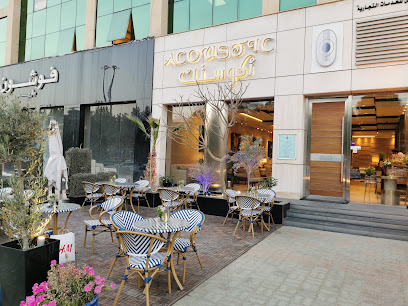
Saraity Restaurants
Experience authentic Turkish cuisine at Saraity Restaurants in Diriyah – where every dish tells a story.
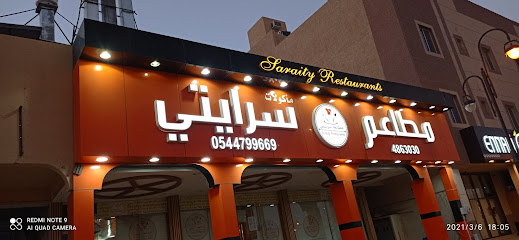
Chez Bruno
Experience exquisite French cuisine at Chez Bruno in Al Bujairi - where elegance meets flavor in every dish.
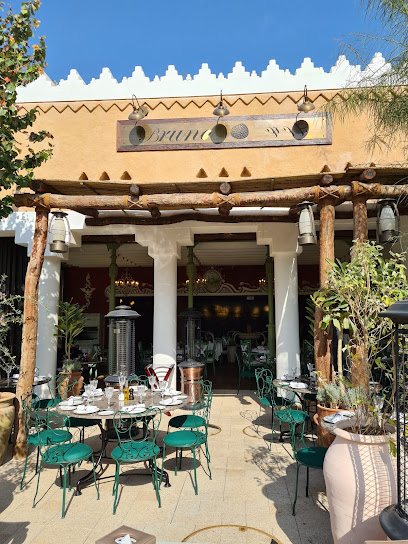
Maiz AlKhozama Saudi Fine Dining Restaurant
Experience exquisite Saudi fine dining at Maiz AlKhozama in Diriyah – where tradition meets modern culinary artistry.
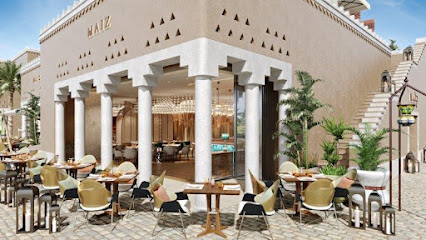
Long Chim
Discover authentic Thai cuisine at Long Chim in Riyadh, where tradition meets modern dining in an inviting atmosphere.
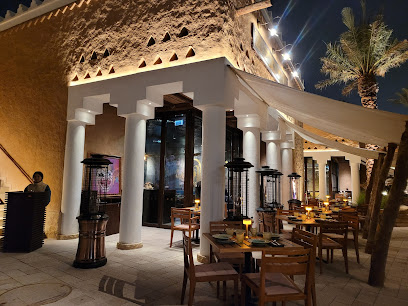
Carbless | كارب لس
Discover health-conscious dining at Carbless | كارب لس in Diriyah—where delicious meets nutritious with every bite.
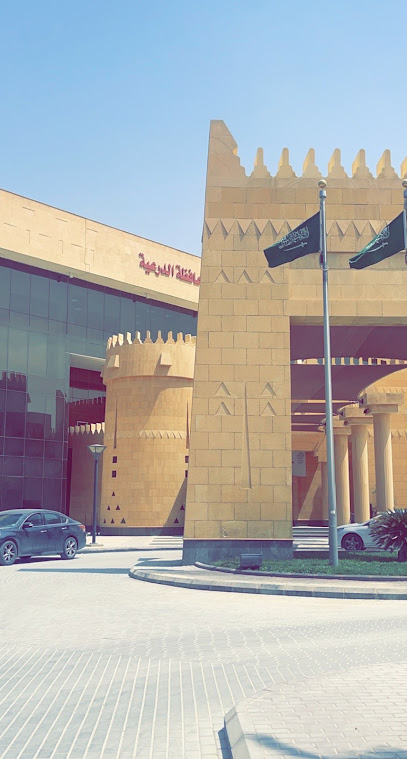
لين العريكة
Discover authentic Saudi flavors at لين العريكة in Diriyah – where tradition meets modern dining in a vibrant atmosphere.
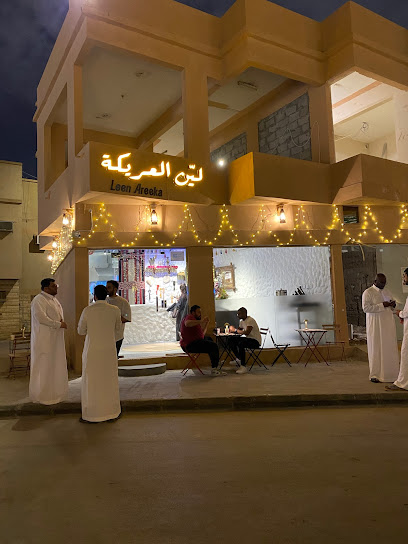
حول الحطب
Experience authentic Saudi Arabian cuisine at حول الحطب in Al Diriyah - perfect for families seeking delicious meals in a warm atmosphere.
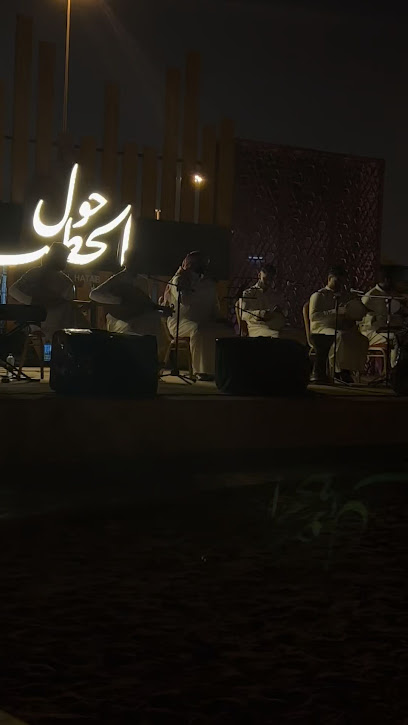
Markets, malls and hidden boutiques
Diriyah Square
Experience the charm of Diriyah Square, a shopping haven blending rich culture and modern retail in the heart of Saudi Arabia.

Personage
Experience luxury shopping and cultural richness at Personage, a premier boutique destination in Riyadh that blends tradition and modernity seamlessly.

اشكال التجارية للكماليات
Explore اشكال التجارية للكماليات, a treasure trove of unique souvenirs and local handicrafts in the heart of Diriyah, Saudi Arabia.
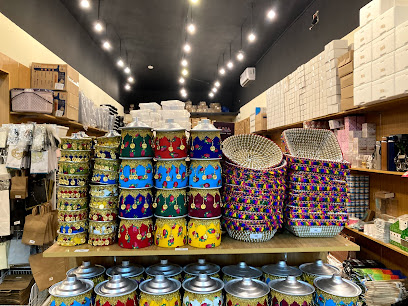
Camel Step
Discover Camel Step in Al Diriyah, Riyadh – a coffee lover's paradise offering expertly brewed drinks in a cozy, inviting atmosphere.
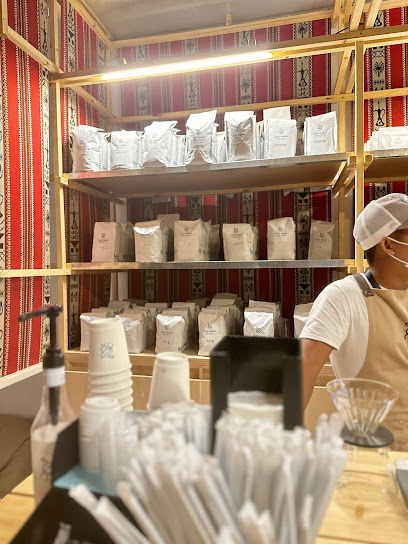
محل شموخ مترفه
Explore محل شموخ مترفه, where vintage women's fashion meets the rich cultural heritage of Diriyah, creating a unique shopping experience.

Emma Best Fashion House Riyadh
Explore a world of elegance and style at Emma Best Fashion House Riyadh, where fashion meets tradition in the heart of Diriyah.
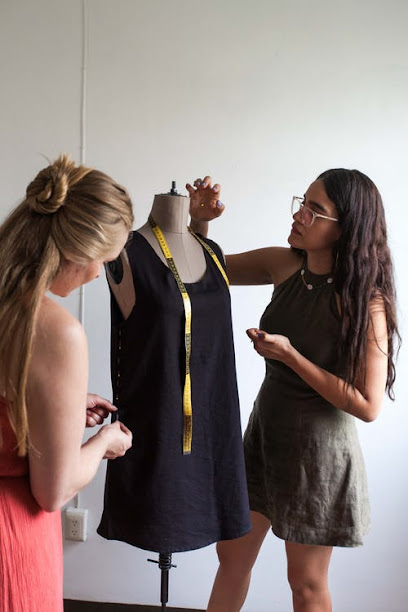
Artfeena boutique
Discover the charm of Artfeena Boutique in Al Bujairi, where unique gifts and local artisan treasures await every visitor.
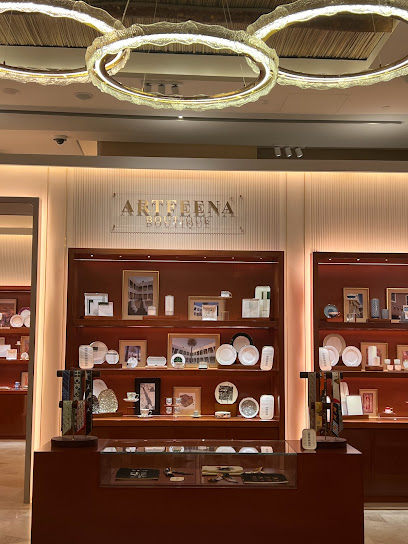
عود فتيل
Explore عود فتيل, a hidden gem in Al Bujairi, Riyadh for authentic Saudi gifts and souvenirs that embody the cultural spirit of the region.

crystal craft
Explore the enchanting world of Crystal Craft, where artistry meets tradition in stunning handcrafted crystal pieces.

متجر سكف
Explore the perfect blend of contemporary fashion and traditional craftsmanship at متجر سكف, a must-visit shoe store in Diriyah.

Essential bars & hidden hideouts
HuQQa Riyadh
Discover the vibrant blend of traditional flavors and modern ambiance at HuQQa Riyadh, a must-visit hookah lounge and restaurant.
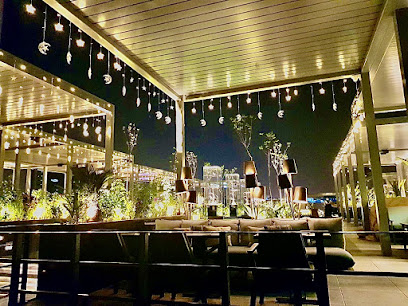
ARIA LOUNGE
Discover the elegance of ARIA LOUNGE in Riyadh, where modern vibes meet a welcoming atmosphere for the perfect getaway.
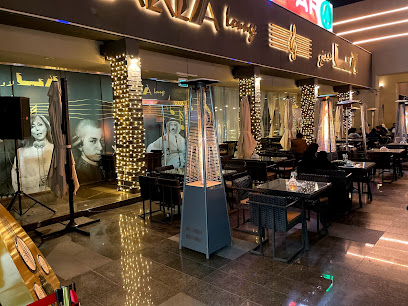
Acoustic Restaurant & Art Gallery
Discover the fusion of art and cuisine at Acoustic Restaurant & Art Gallery, a must-visit culinary gem in Riyadh's vibrant scene.
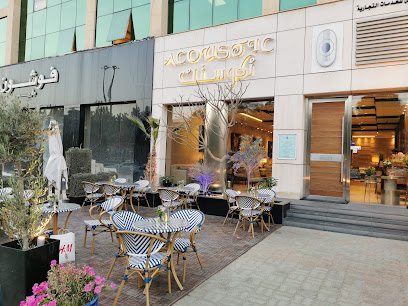
Cafe De L’ Esplanade
Indulge in the flavors of France at Café De L’ Esplanade, a premier dining destination in Diriyah, offering exquisite dishes and breathtaking views.
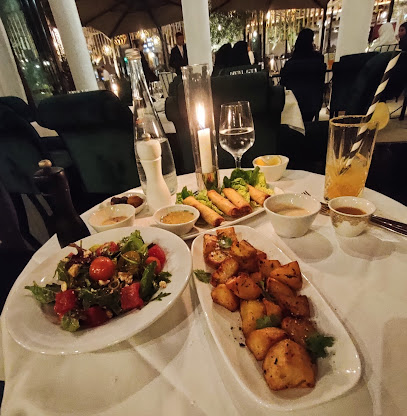
Long Chim
Experience the essence of Thailand at Long Chim, where vibrant flavors and authentic dishes create an unforgettable dining adventure in Riyadh.
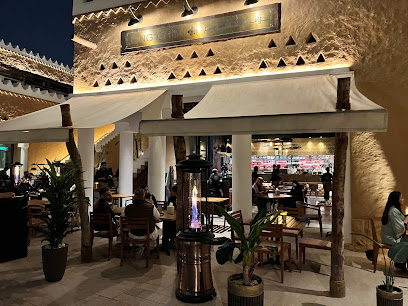
Level Up
Discover Level Up in Riyadh, a premier lounge for gamers and socializers, where excitement meets relaxation in a vibrant atmosphere.
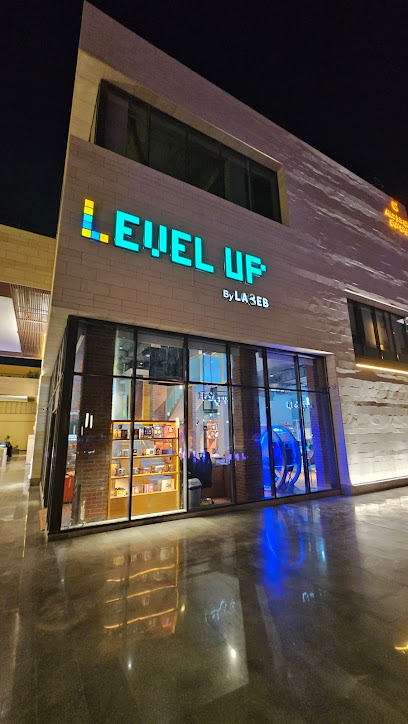
TLADO/ تيلادو
Discover TLADO, a stylish bar in Hittin, Riyadh, where vibrant nightlife meets expertly crafted cocktails for an unforgettable experience.

Hookah Butler
Discover a cozy lounge experience at Hookah Butler in Riyadh, offering premium hookah flavors in a serene atmosphere perfect for relaxation.

John's
Discover the tranquility of John's Lounge in Al Hada, Riyadh - the perfect spot to relax and enjoy refreshing drinks in a cozy atmosphere.

Geometry dash
Discover the ultimate gaming and entertainment experience at Geometry Dash in Riyadh, where excitement meets social fun in a vibrant atmosphere.

History of Al Diriyah
-
Al Diriyah is recognized as the birthplace of the Saudi state, established in the 15th century by the Al Saud family. The area grew around the Najd region's fertile land, strategically located along the Wadi Hanifa, which provided essential resources for agriculture and trade. This early settlement laid the groundwork for what would become a powerful dynasty.
-
In the 18th century, Al Diriyah became the center of the first Saudi state under the leadership of Imam Muhammad bin Saud. This period marked a significant unification of various tribes and the promotion of Wahhabism, a reform movement aimed at returning to a purer form of Islam. Al Diriyah flourished as an administrative and cultural hub during this transformative era.
-
The late 19th century brought turmoil to Al Diriyah as the Ottoman Empire sought to reassert control over the Arabian Peninsula. In 1818, the forces of Ibrahim Pasha, the Ottoman governor of Egypt, besieged Al Diriyah, resulting in its eventual fall. The destruction of the city marked the end of the first Saudi state, leading to a period of disarray in the region.
-
In recent years, Al Diriyah has undergone significant restoration efforts, emphasizing its cultural heritage. The site has been designated as a UNESCO World Heritage Site, and initiatives have been launched to revive traditional architecture and promote tourism. This cultural revival highlights the importance of Al Diriyah's history in the broader narrative of Saudi Arabia.
-
As part of Saudi Arabia's Vision 2030 initiative, Al Diriyah is being developed into a cultural and historical tourism destination. Plans include museums, cultural centers, and recreational areas to attract visitors and educate them about the rich history of the area. This modern development seeks to blend the historical significance of Al Diriyah with contemporary Saudi ambitions.
Al Diriyah Essentials
-
Al Diriyah is located approximately 20 kilometers northwest of downtown Riyadh. To reach Al Diriyah from other neighborhoods in Riyadh, you can take a taxi or use ride-hailing services like Uber or Careem, which are widely available. Alternatively, public buses can be an economical option, with various routes connecting to the area. The drive typically takes around 30 minutes, depending on traffic conditions.
-
Al Diriyah is best explored on foot, especially within the historical sites like Diriyah Gate. While public transportation options are limited within Al Diriyah itself, taxis are readily available for longer distances. Bicycles may not be common, but walking provides a great opportunity to appreciate the architecture and heritage of the area.
-
Al Diriyah is generally considered safe for tourists. However, it is recommended to stay vigilant, especially in less crowded areas. Avoid wandering alone after dark. While there are no specific high-crime areas noted for targeting tourists, as with any city, it is wise to keep an eye on personal belongings and be aware of your surroundings.
-
In case of an emergency, dial 999 for police assistance, 997 for fire services, or 997 for medical emergencies in Saudi Arabia. It is advisable to have travel insurance that covers medical emergencies. For minor health issues, pharmacies are available in the area. Always keep a list of local emergency contacts handy.
-
Fashion: Do dress modestly; women should wear abayas, while men should avoid shorts. Religion: Do respect local customs; always engage in prayer and religious observances with reverence. Public Transport: Do be respectful of local etiquette; refrain from loud conversations. Greetings: Do greet with a handshake; a slight bow is respectful. Eating & Drinking: Do try local cuisine and accept food offerings; don’t eat or drink in public during Ramadan.
-
To experience Al Diriyah like a local, visit local cafes and tea houses to enjoy traditional Saudi coffee and dates. Engage with local artisans in the area, and be sure to visit the historical museums which narrate the rich history of the region. Attend cultural events if available, as they are a great way to immerse yourself in the local culture. Don't miss the chance to explore the nearby Wadi Hanifah for a relaxing nature escape.
Nearby Cities to Al Diriyah
-
Things To Do in Buraidah
-
Things To Do in Al Jubail
-
Things To Do in Dammam
-
Things To Do in Al Khobar
-
Things To Do in Budaiya
-
Things To Do in Hamad Town
-
Things To Do in Saar
-
Things To Do in Riffa
-
Things To Do in Isa Town
-
Things To Do in Manama
-
Things To Do in Sitra
-
Things To Do in Juffair
-
Things To Do in Muharraq
-
Things To Do in Amwaj Islands
-
Things To Do in Al Sheehaniya

